Home>Furniture & Design>Outdoor Furniture>How To Get Rid Of Spider Mites On Outdoor Plants
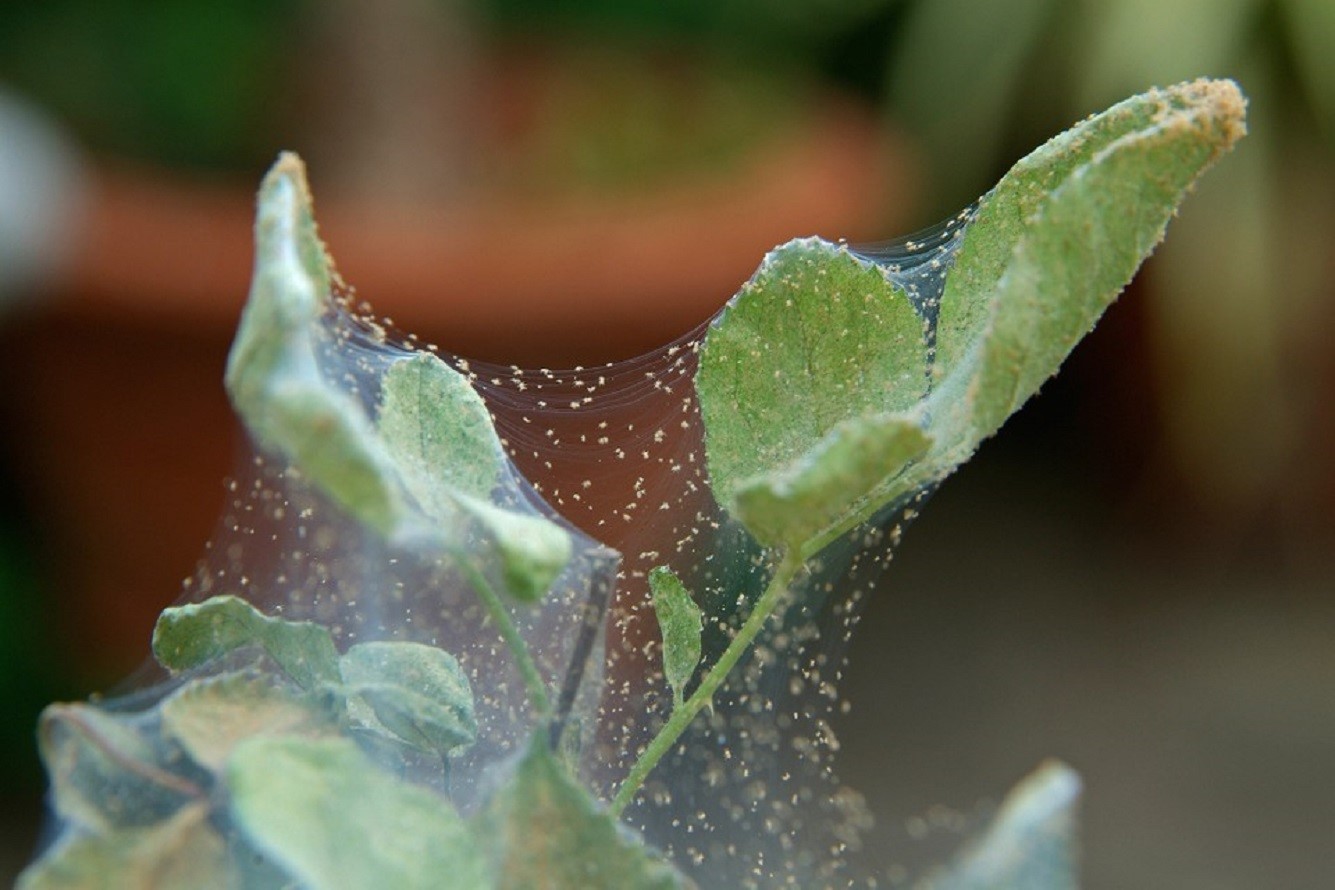

Outdoor Furniture
How To Get Rid Of Spider Mites On Outdoor Plants
Modified: February 29, 2024
Learn effective methods to eliminate spider mites from your outdoor plants and protect your outdoor furniture with our expert tips and solutions. Safeguard your outdoor space from these pests with our proven strategies.
(Many of the links in this article redirect to a specific reviewed product. Your purchase of these products through affiliate links helps to generate commission for Storables.com, at no extra cost. Learn more)
Introduction
Welcome to the world of outdoor plants, where the beauty of nature intertwines with the creativity of design. Whether you're a seasoned gardener or just starting out, the presence of spider mites can quickly turn your green oasis into a battleground. These tiny pests, barely visible to the naked eye, can wreak havoc on your outdoor plants, causing discoloration, wilting, and stunted growth. However, fear not, for in this article, we will explore the ins and outs of identifying, preventing, and treating spider mites on outdoor plants.
As an outdoor furniture, design, and decor enthusiast, you understand the importance of maintaining the health and vibrancy of your plants. After all, they serve as the natural backdrop to your carefully curated outdoor space, enhancing the overall ambiance and providing a sense of tranquility. With that in mind, let's delve into the world of spider mites and equip ourselves with the knowledge and tools needed to combat these pesky intruders.
In the following sections, we will discuss the telltale signs of a spider mite infestation, explore preventive measures to safeguard your outdoor plants, and delve into both natural and chemical treatments to effectively eradicate these unwelcome guests. By the end of this article, you will be armed with the expertise to tackle spider mites head-on, ensuring that your outdoor plants remain healthy, vibrant, and free from the clutches of these troublesome pests. So, let's embark on this horticultural journey together and reclaim the beauty of your outdoor sanctuary.
Key Takeaways:
- Spider mites are tiny but destructive pests that can harm outdoor plants by causing discoloration, wilting, and stunted growth. Identifying early signs and implementing preventive measures can help protect your plants from these pesky intruders.
- Natural remedies like neem oil, garlic and onion sprays, and introducing predatory mites offer eco-friendly ways to combat spider mites. When severe infestations arise, judicious use of chemical treatments can effectively control these pests while prioritizing plant and environmental safety.
Identifying Spider Mites
Before we can combat the presence of spider mites on outdoor plants, it’s crucial to understand how to identify these minuscule yet destructive pests. Spider mites belong to the arachnid family and are known for their ability to inflict substantial damage to a wide array of plants, including ornamentals, fruits, and vegetables. These tiny creatures, measuring less than 1 millimeter in size, often thrive in warm, dry conditions, making outdoor plants an ideal habitat for their proliferation.
One of the primary indicators of a spider mite infestation is the appearance of fine webbing on the leaves and stems of affected plants. This webbing, reminiscent of delicate silk threads, serves as both a shelter and a means of transportation for the mites, allowing them to move between plant structures and establish new colonies. Additionally, closely inspect the foliage for stippling, a pattern of tiny, pale spots that emerge as the mites pierce the plant cells and extract their contents, resulting in a stippled or speckled appearance.
Furthermore, keep a keen eye out for discoloration and wilting of the leaves, as well as a reduction in overall plant vigor. Spider mites are adept at sapping the vital fluids from plant tissues, leading to a decline in chlorophyll production and subsequent yellowing or bronzing of the foliage. As the infestation progresses, the leaves may wither and drop prematurely, impacting the plant’s ability to photosynthesize and thrive.
When examining the undersides of the leaves, you may notice the presence of tiny, moving specks, which are the actual spider mites. These pests come in various colors, including red, green, yellow, or brown, depending on their species and stage of development. Given their diminutive size and tendency to congregate in hidden areas, a magnifying glass can be a valuable tool for detecting their presence and confirming a spider mite infestation.
By familiarizing yourself with these key characteristics, you can promptly detect the early signs of a spider mite infestation and take proactive measures to address the issue before it escalates. In the next section, we will explore effective strategies for preventing the establishment of spider mites on your beloved outdoor plants, ensuring that they remain resilient and vibrant against these persistent adversaries.
Prevention of Spider Mites
As the adage goes, prevention is better than cure, and this holds true when it comes to safeguarding your outdoor plants from the clutches of spider mites. By implementing proactive measures, you can create an inhospitable environment for these pests, reducing the likelihood of infestations and preserving the health and beauty of your cherished greenery.
One fundamental approach to preventing spider mites is to maintain optimal growing conditions for your outdoor plants. Since these pests thrive in hot, dry environments, ensuring adequate humidity levels and regular watering can deter their establishment. Consider employing mulch or ground cover to conserve soil moisture and minimize water stress on your plants, creating an environment that is less conducive to spider mite infestations.
Introducing natural predators, such as ladybugs and predatory mites, can serve as an effective biological control method for managing spider mite populations. These beneficial insects feed on the mites, helping to keep their numbers in check and maintain a balanced ecosystem within your outdoor space. Additionally, planting diverse species of plants can attract a variety of beneficial insects, further bolstering the natural defense against spider mites and other pests.
Regularly inspecting your outdoor plants for early signs of spider mite infestations is paramount in preventing the spread of these pests. By promptly addressing any indications of webbing, stippling, or discoloration, you can intervene before the infestation gains momentum. Consider using a strong blast of water to dislodge and remove spider mites from the foliage, effectively reducing their numbers and impeding their ability to cause extensive damage.
Furthermore, practicing good garden hygiene by removing any debris, fallen leaves, or weeds around your plants can eliminate potential hiding spots for spider mites and disrupt their life cycle. By maintaining a clean and well-ventilated outdoor environment, you can create an inhospitable habitat for these pests, minimizing the likelihood of infestations and preserving the vitality of your plants.
Embracing these preventive measures empowers you to fortify your outdoor plants against the threat of spider mites, fostering a thriving and resilient garden that captivates with its lush greenery and vibrant blooms. In the subsequent sections, we will explore natural and chemical treatments to combat existing spider mite infestations, equipping you with a comprehensive toolkit to protect and nurture your outdoor oasis.
To get rid of spider mites on outdoor plants, try spraying them with a mixture of water and dish soap. This can help suffocate and kill the mites without harming the plants.
Natural Remedies for Spider Mites
When faced with a spider mite infestation on your outdoor plants, harnessing the power of natural remedies can provide an effective and environmentally-friendly means of combating these persistent pests. By leveraging botanical solutions and beneficial organisms, you can restore the balance within your garden while safeguarding the health of your plants and the surrounding ecosystem.
Neem oil, derived from the seeds of the neem tree, stands as a potent ally in the battle against spider mites. This natural insecticide disrupts the mites’ feeding and reproductive cycles, ultimately leading to a decline in their population. Dilute neem oil with water and a small amount of liquid soap to create a spray solution, and apply it to the foliage of affected plants. The neem oil suffocates the mites and interferes with their ability to feed, offering a gentle yet effective method of control.
Another botanical remedy involves utilizing garlic and onion extracts to create a homemade insecticidal spray. By blending cloves of garlic and onions with water and a dash of cayenne pepper, you can concoct a potent solution that deters spider mites and other pests. Strain the mixture and transfer the liquid into a spray bottle, then generously coat the leaves and stems of your outdoor plants. The pungent aroma and natural compounds in the garlic and onions act as a deterrent, discouraging spider mites from settling on the foliage.
Introducing predatory mites, such as Phytoseiulus persimilis, into your outdoor environment can serve as a natural and sustainable approach to controlling spider mite populations. These predatory mites actively seek out and feed on spider mites, exerting a regulatory influence on their numbers and preventing widespread infestations. By releasing these beneficial organisms onto affected plants, you can establish a biological defense mechanism that mitigates the impact of spider mites without relying on chemical interventions.
Furthermore, the application of horticultural oils, such as mineral oil or jojoba oil, can effectively smother spider mites and their eggs while posing minimal risk to beneficial insects and the surrounding environment. These oils suffocate the mites upon contact, disrupting their ability to feed and reproduce. When using horticultural oils, ensure thorough coverage of the plant surfaces, targeting the undersides of leaves and other concealed areas where spider mites tend to congregate.
By integrating these natural remedies into your pest management strategy, you can combat spider mites while upholding the ecological balance of your outdoor space. Embracing the potency of botanical solutions and beneficial organisms empowers you to protect your plants from the ravages of spider mites, fostering a thriving and sustainable garden that captivates with its natural beauty and resilience.
Chemical Treatments for Spider Mites
While natural remedies offer an eco-friendly approach to combating spider mites, there are instances where the severity of an infestation may necessitate the use of chemical treatments to effectively regain control over the situation. When employing chemical interventions, it is essential to prioritize the safety of both your plants and the surrounding environment while achieving targeted efficacy in eradicating spider mites.
One of the most commonly utilized chemical treatments for spider mites is insecticidal soap. Formulated with potassium salts of fatty acids, insecticidal soap disrupts the cellular integrity of spider mites upon contact, leading to their dehydration and eventual demise. When applying insecticidal soap, ensure thorough coverage of the affected plant surfaces, targeting the undersides of leaves where spider mites tend to congregate. This approach offers a targeted and low-impact method of controlling spider mite infestations while minimizing harm to beneficial insects.
Another chemical option for combating spider mites is the use of miticides, specifically formulated to target mites while posing minimal risk to plants and other organisms. Acaricides, a subset of miticides, are designed to control mite infestations and can be effective in managing spider mites on outdoor plants. It is crucial to carefully follow the application instructions and safety guidelines provided by the product manufacturer to ensure proper usage and mitigate potential risks.
Systemic insecticides, such as those containing imidacloprid or dinotefuran, offer an alternative approach to controlling spider mites by delivering targeted protection through the plant’s vascular system. When applied to the soil or foliage, systemic insecticides are absorbed by the plant and distributed throughout its tissues, effectively deterring and eliminating spider mites as they feed on the treated foliage. It is imperative to use systemic insecticides in accordance with the recommended dosage and application methods to optimize their efficacy while minimizing environmental impact.
Before resorting to chemical treatments, consider conducting a spot test on a small section of the plant to assess its sensitivity to the chosen product. Additionally, exercise caution when applying chemical treatments during periods of high temperatures, as this can exacerbate plant stress and increase the risk of phytotoxicity. Always adhere to the instructions provided by the product label and prioritize the safety of your plants, beneficial insects, and the broader ecosystem when implementing chemical controls for spider mites.
By integrating these chemical treatments judiciously and responsibly, you can address severe spider mite infestations while upholding the health and resilience of your outdoor plants. When used in conjunction with preventive measures and natural remedies, chemical treatments can serve as a targeted and effective tool in managing spider mites, restoring the vitality of your garden and preserving its natural splendor.
Read more: How To Get Rid Of Bed Mites
Conclusion
As an outdoor furniture, design, and decor enthusiast, the health and vibrancy of your outdoor plants are integral to the overall allure of your outdoor space. Throughout this journey, we have delved into the world of spider mites, gaining insights into their identification, prevention, and treatment to safeguard the beauty and resilience of your cherished greenery.
By familiarizing yourself with the telltale signs of a spider mite infestation, such as webbing, stippling, and discoloration, you can promptly detect and address these pests before they compromise the vitality of your outdoor plants. Implementing preventive measures, including maintaining optimal growing conditions, introducing natural predators, and practicing vigilant garden hygiene, empowers you to create an inhospitable environment for spider mites, fortifying your plants against potential infestations.
When faced with the presence of spider mites, the utilization of natural remedies, such as neem oil, garlic and onion sprays, predatory mites, and horticultural oils, offers an eco-friendly and sustainable approach to combating these pests. These botanical solutions harness the power of nature to restore the balance within your garden, ensuring the health and resilience of your outdoor plants while preserving the ecological harmony of your outdoor space.
In instances where severe infestations demand targeted intervention, the judicious use of chemical treatments, including insecticidal soap, miticides, and systemic insecticides, can provide effective control over spider mites while prioritizing the safety of your plants and the surrounding environment. When employing chemical controls, it is imperative to adhere to recommended usage guidelines and safety precautions to minimize environmental impact and safeguard the overall well-being of your garden.
Armed with the knowledge and tools to identify, prevent, and treat spider mites, you are well-equipped to nurture a thriving and resilient outdoor oasis that captivates with its lush greenery and natural beauty. By integrating these insights into your horticultural endeavors, you can reclaim the tranquility and splendor of your outdoor space, creating a harmonious haven that reflects your passion for outdoor furniture, design, and the artistry of nature.
As you continue to cultivate and curate your outdoor sanctuary, may the resilience and vitality of your plants stand as a testament to your dedication and expertise, enriching the essence of your outdoor haven and inspiring admiration from all who encounter its captivating allure.
Frequently Asked Questions about How To Get Rid Of Spider Mites On Outdoor Plants
Was this page helpful?
At Storables.com, we guarantee accurate and reliable information. Our content, validated by Expert Board Contributors, is crafted following stringent Editorial Policies. We're committed to providing you with well-researched, expert-backed insights for all your informational needs.
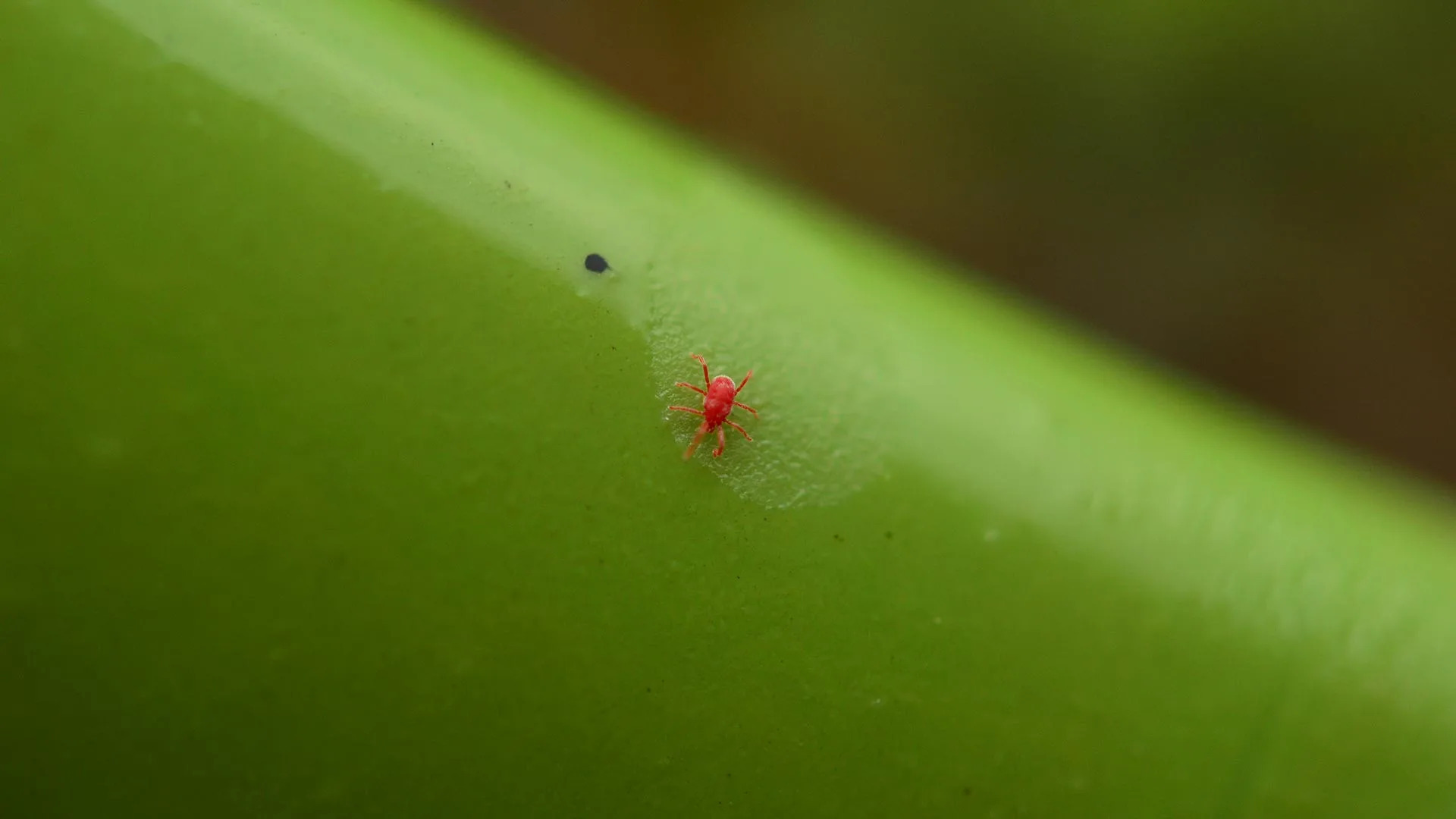

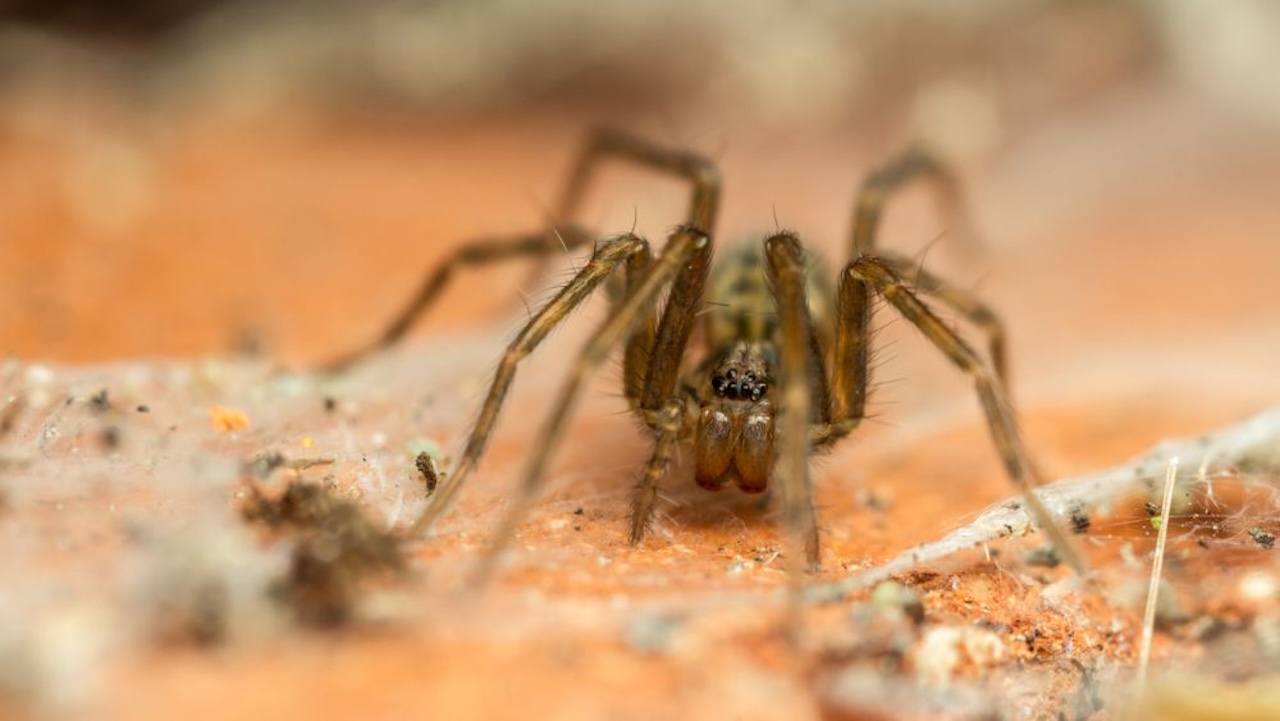
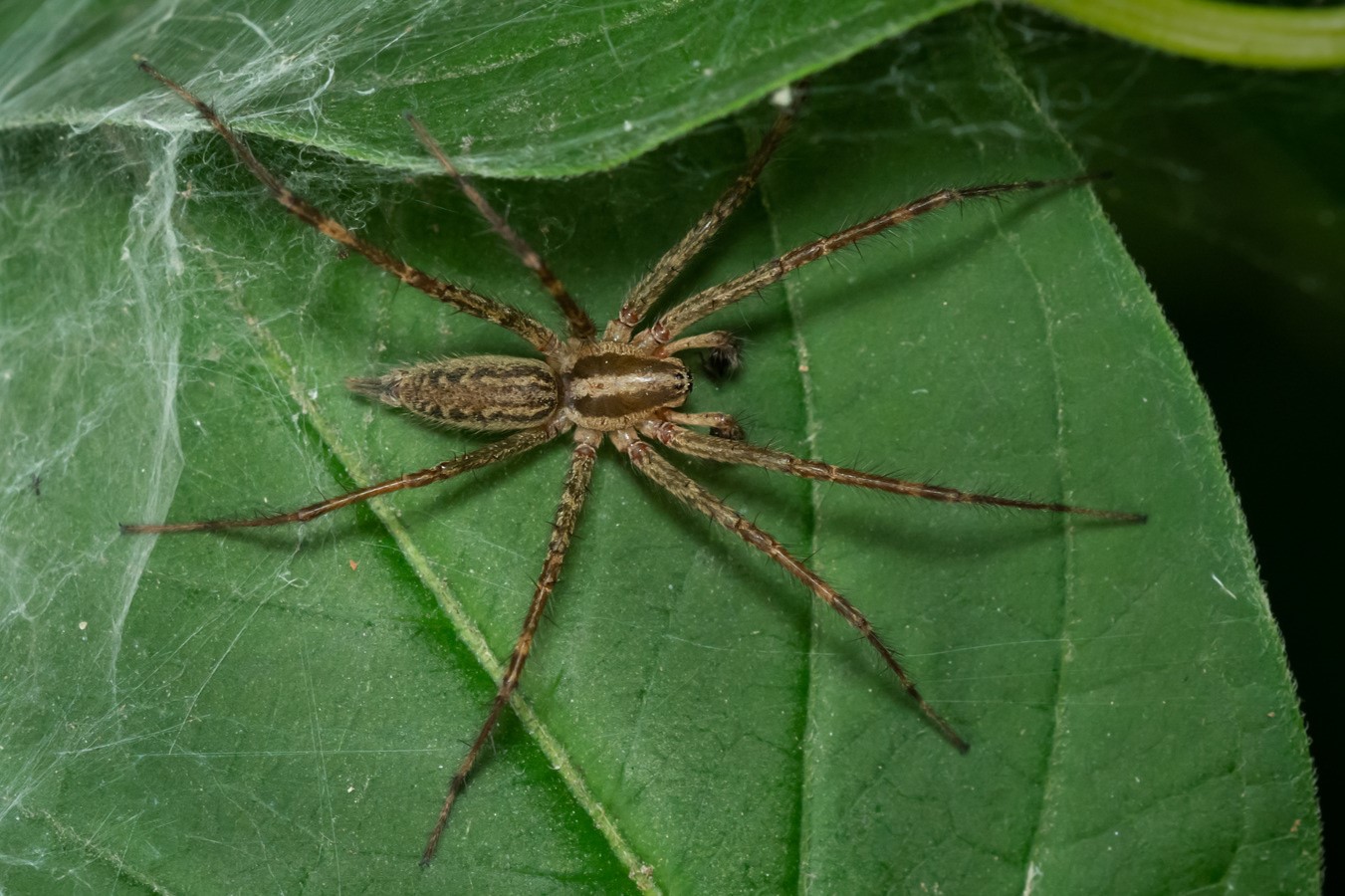
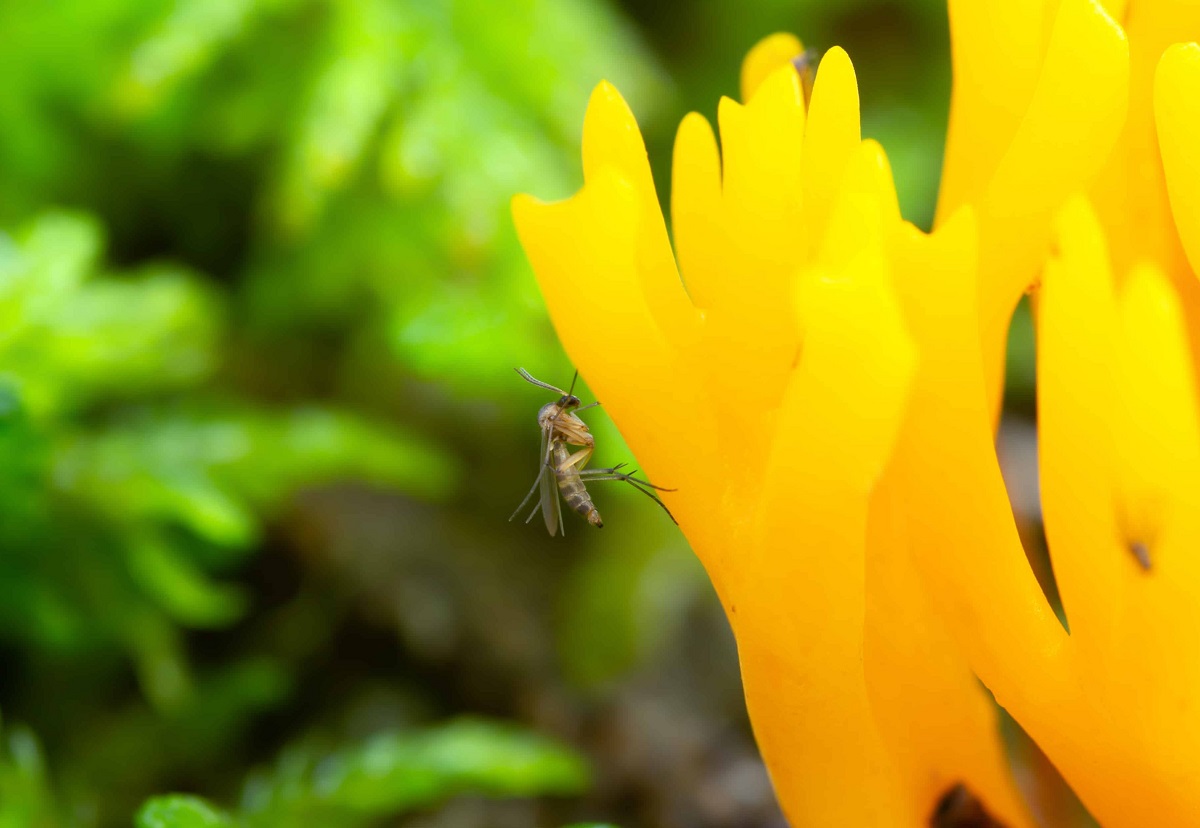
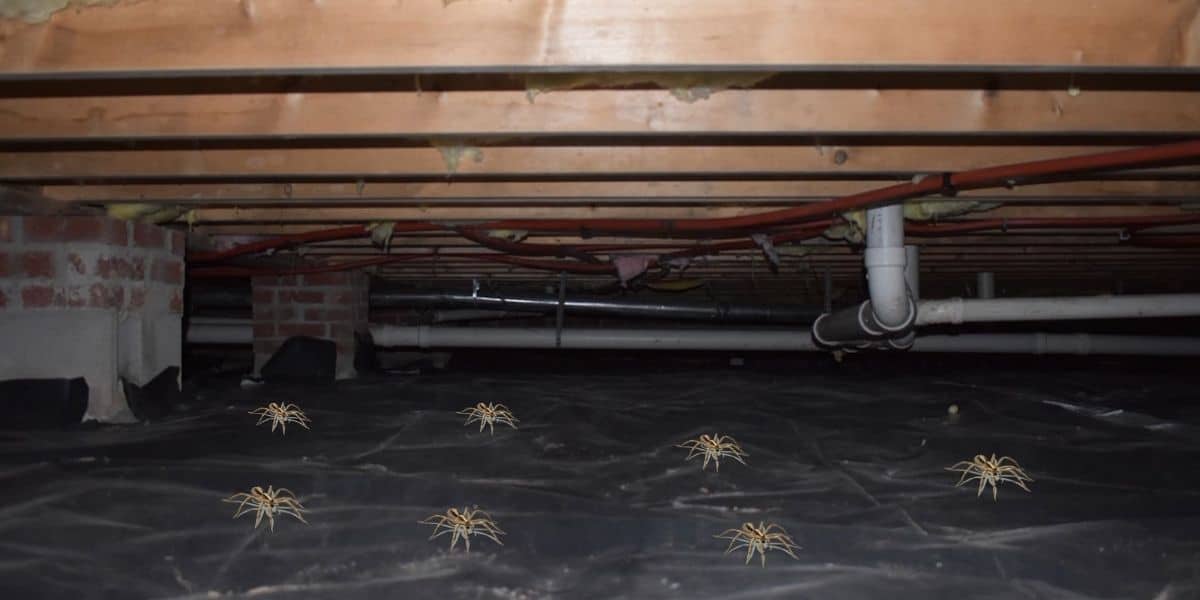

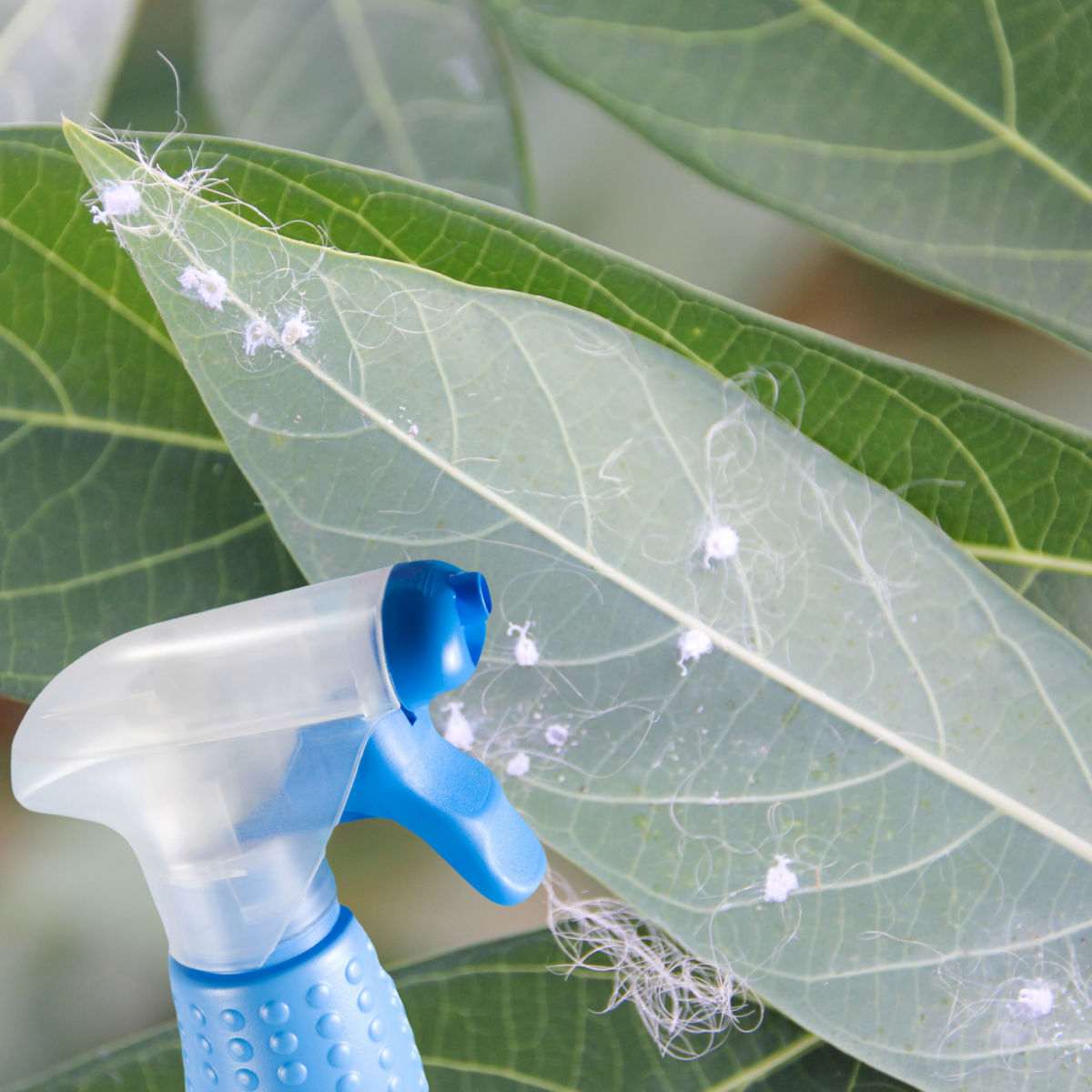
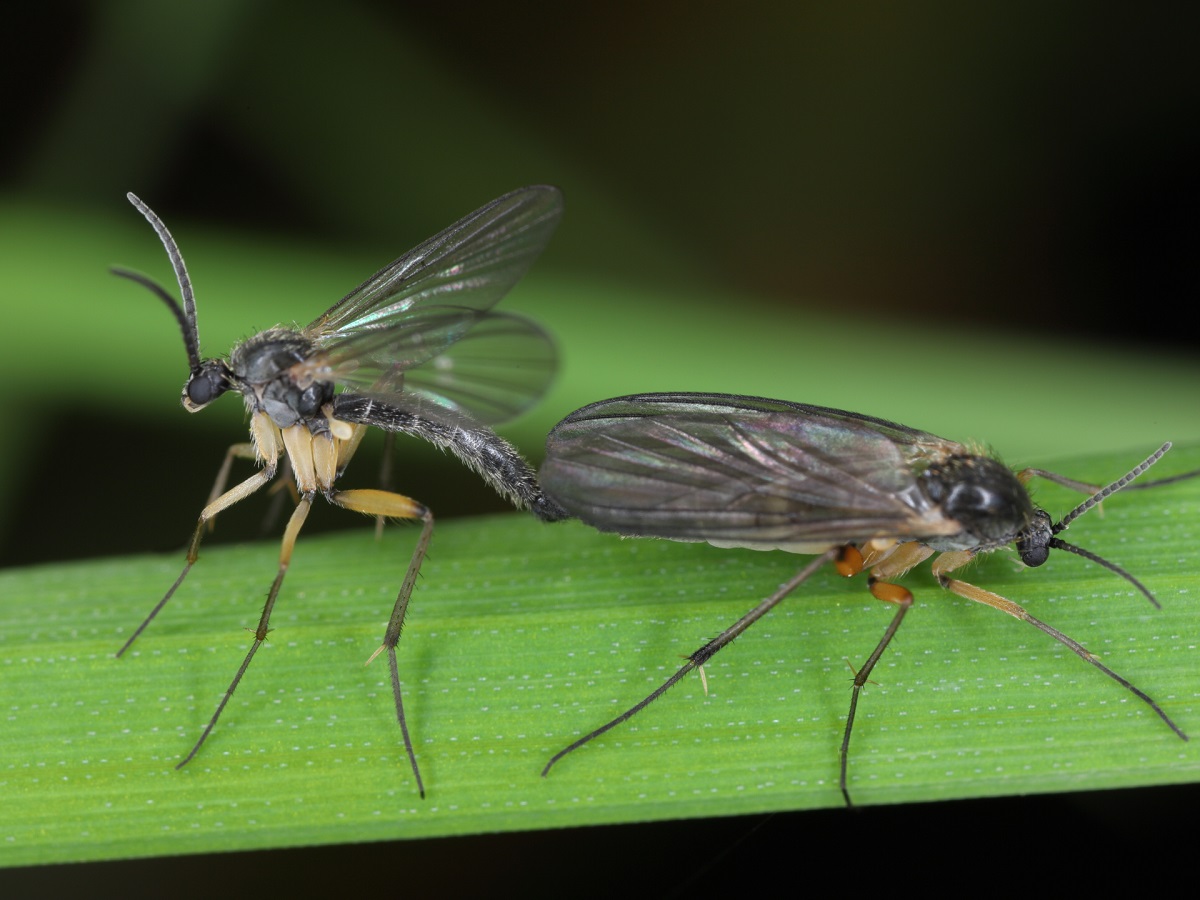
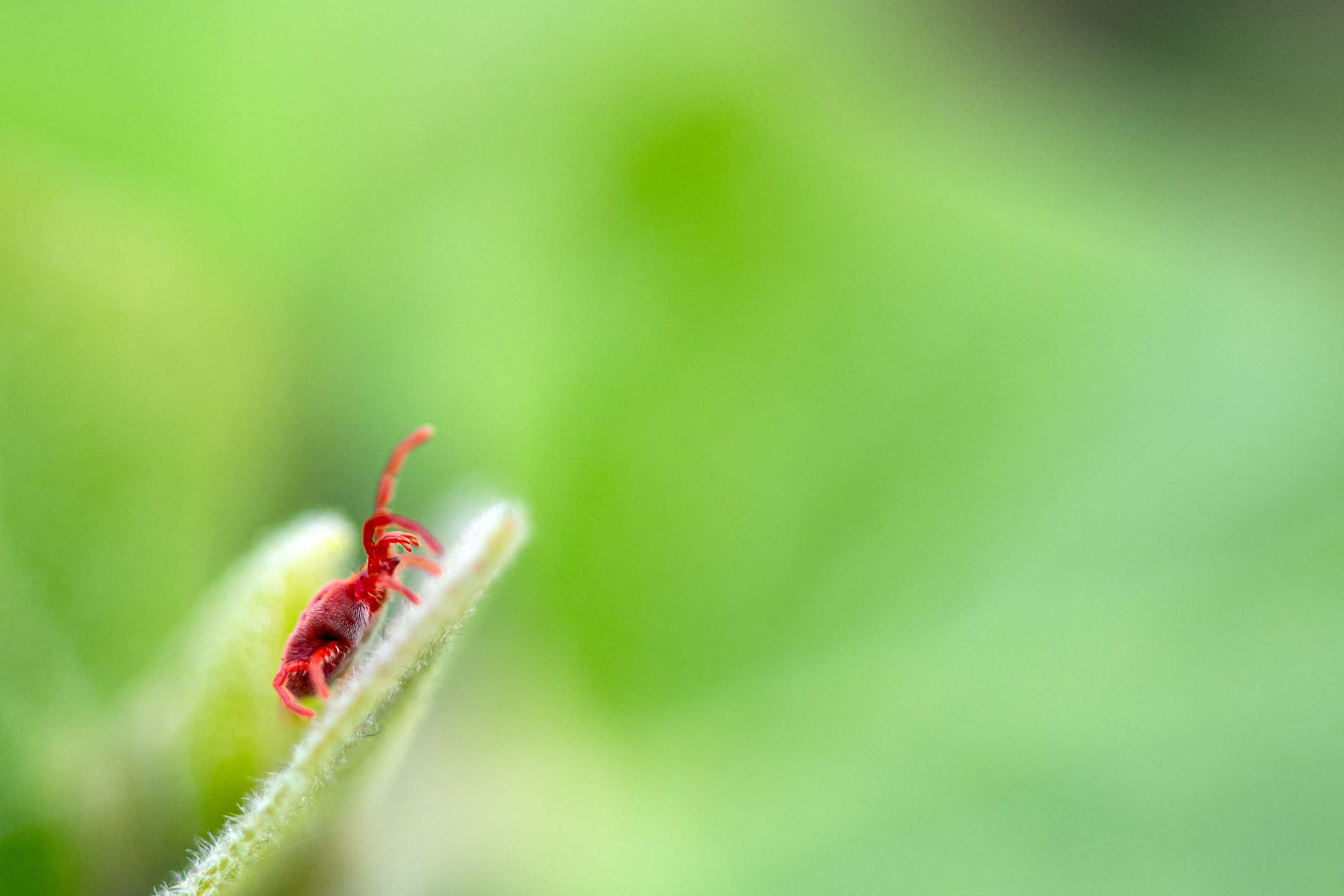
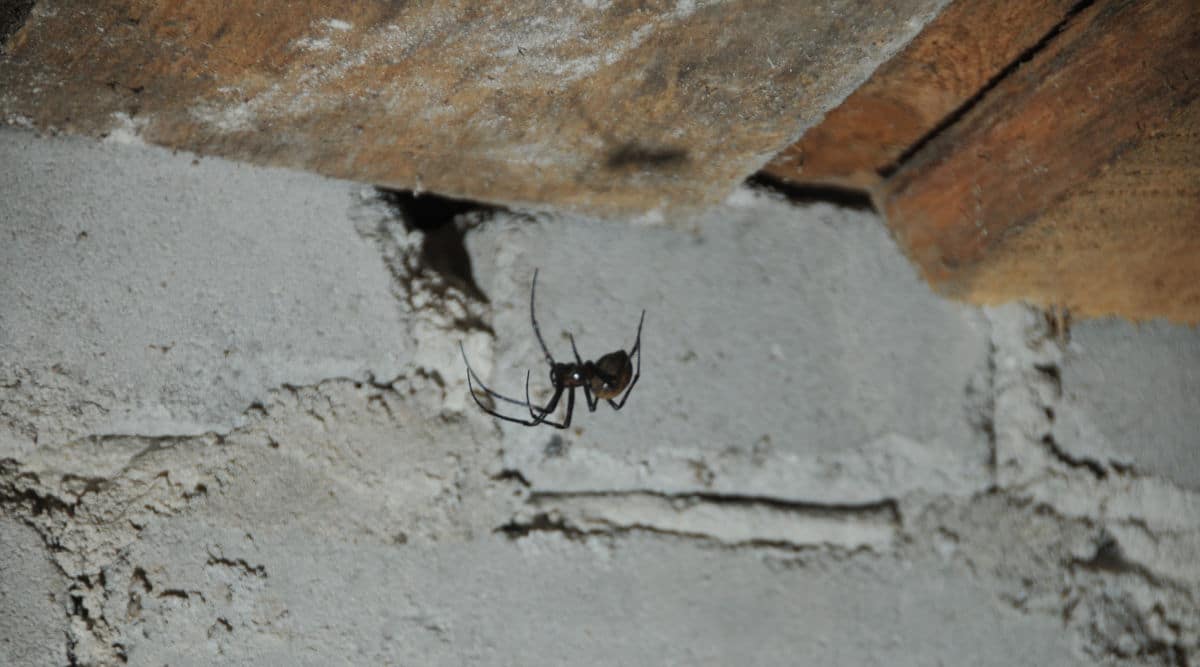

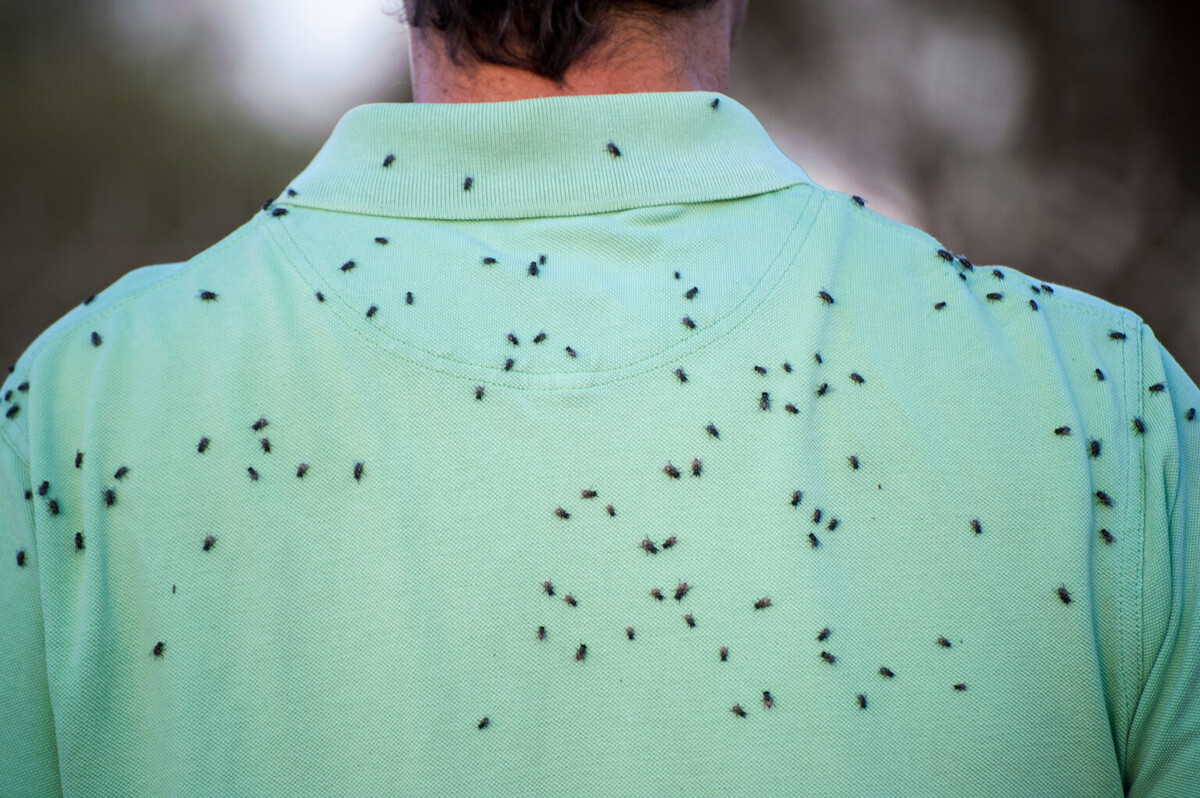
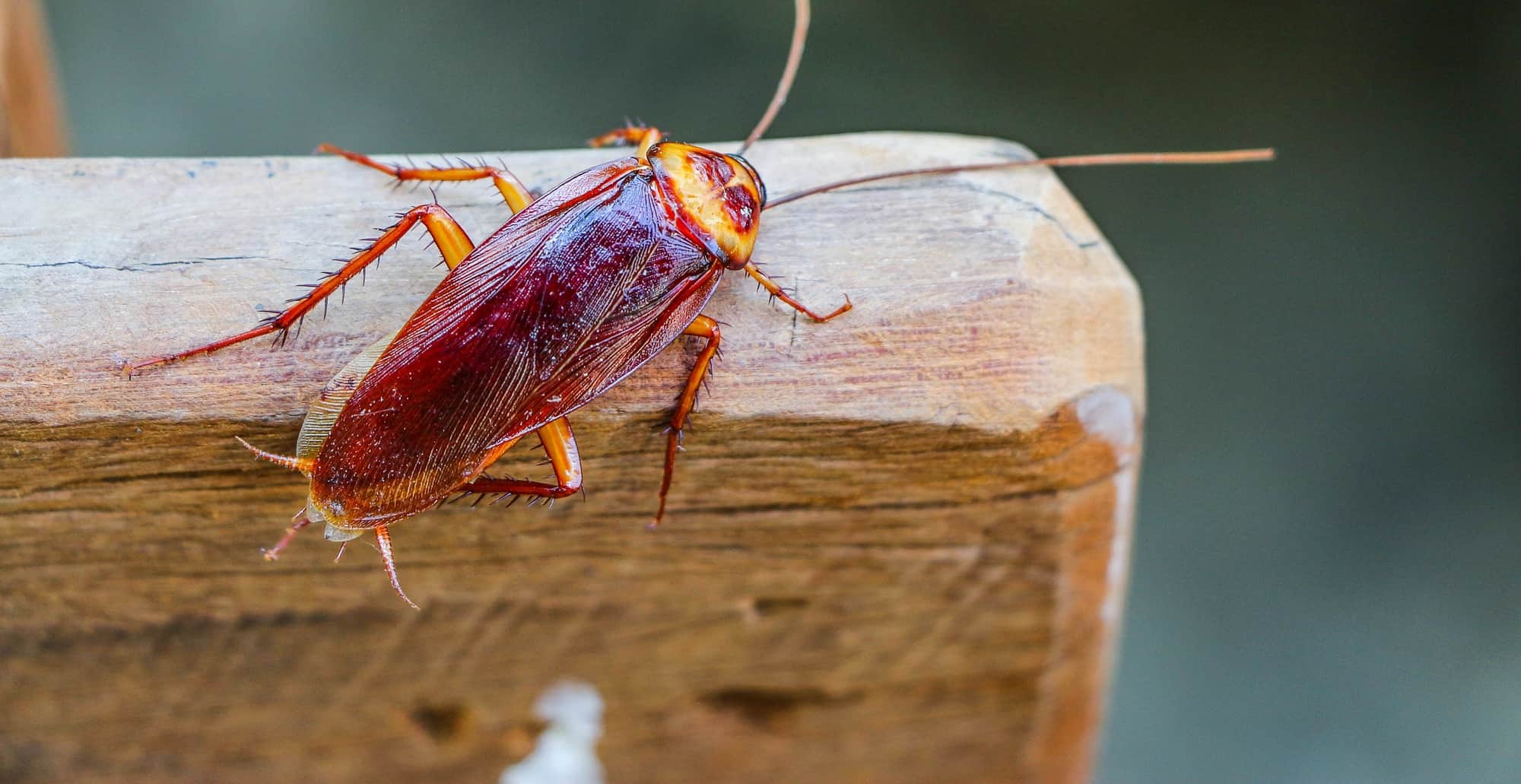

0 thoughts on “How To Get Rid Of Spider Mites On Outdoor Plants”